The first snow of the year has arrived in Spain, which means that ski season has begun. If you’ve put summer way behind you and have already dug out your winter gear, here’s where you should go and when.
1. Benasque
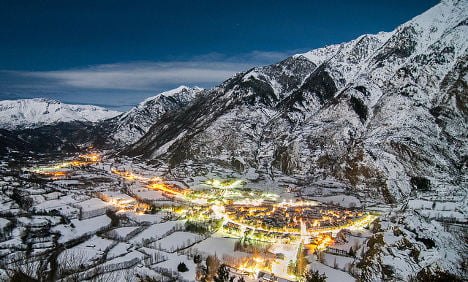
Photo: yimix / Flickr Creative Commons
2. La Molina

Photo: Kibo M / Flickr Creative Commons
3. Masella
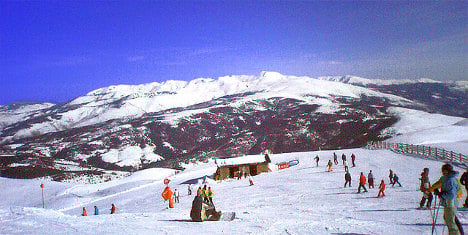
Photo: Josep M / Flickr Creative Commons
Close to the French and Andorran borders on the northern slope of Tosa d’Alp overlooking the Cerdanya Valley, Masella is located only 90 minutes away from Barcelona. The resort has 65 pistes of all levels, spread over 75km. Like La Molina, the official opening date is yet to be announced, but it will stay open until April 10th, 2023.
4. Baqueira-Beret
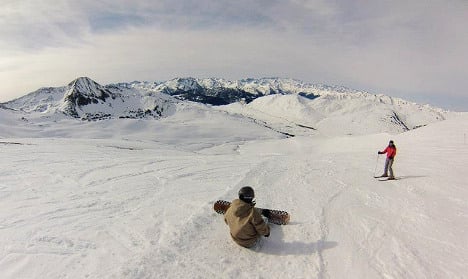
Photo: Inigo Zubia / Flickr Creative Commons
5. Navacerrada

Photo: Pablo Yunyas / Flickr Creative Commons
Located 52km (32 miles) outside Madrid, Navacerrada is the closest ski resort to the capital, making it perfect for a day trip. It is divided into two areas, the upper area with intermediate/difficult pistes and the lower area with intermediate pistes. The resort also boasts a slalom stadium and ski jump. The ski resort is not yet open this year, but dates will be announced shortly.
6. Formigal
 Photo: es.topsportholidays.com / Flickr Creative Commons.
Photo: es.topsportholidays.com / Flickr Creative Commons.
7. Sierra Nevada
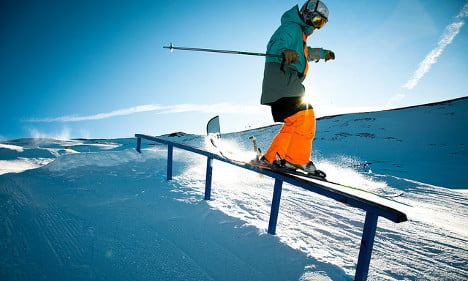
Photo: Álvaro Salas Ordóñez / Flickr Creative Commons.
The most southerly ski resort in Europe, the Sierra Nevada ski station is located outside Granada, on the northern slopes of Veleta, the third-highest peak in peninsular Spain. It is the highest ski resort in Spain; the season can last from late November until early May. The resort has over 100km of alpine ski runs. Just a short drive from the Mediterranean coast makes it one of the few places in the world where you can ski in the morning and swim in the afternoon! The resort has one of the longest ski seasons in Spain this year, opening on December 3rd and running until May 1st 2023.
8. Valgrande-Pajares
If you fancy discovering a lesser-known part of Spain, then Asturias has a resort with 25km of pistes within an hour’s drive of both Oviedo and León. Ideally suited for beginners. This station is not yet open and dates are still to be announced.
READ ALSO: A weekend in Spain’s Formigal: Guide for skiers and snowboarders

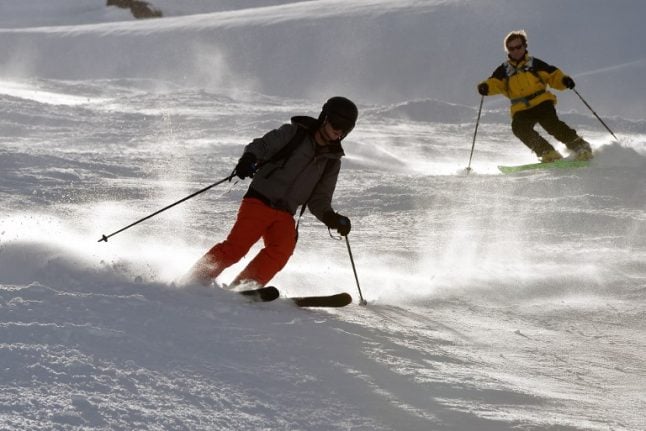

 Please whitelist us to continue reading.
Please whitelist us to continue reading.